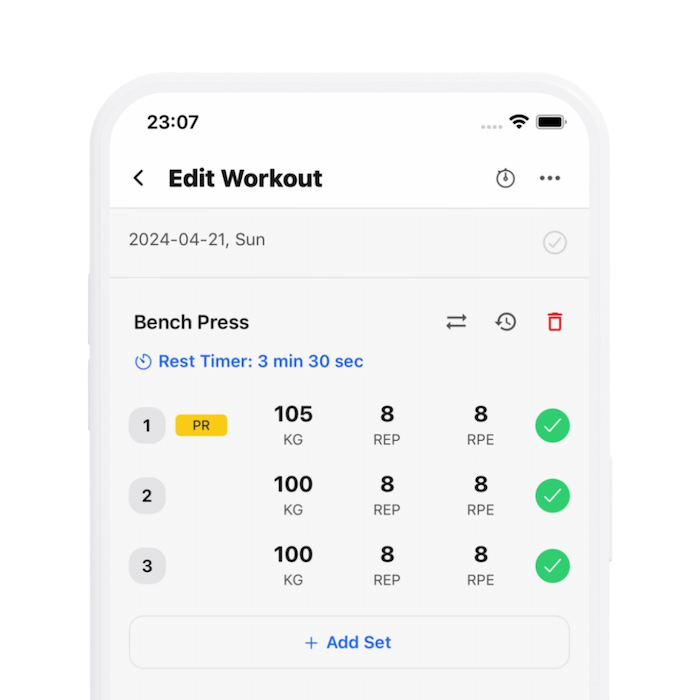30 Seconds SummaryA Primer on Circadian Rhythms
- Circadian rhythms are physiological processes in organisms that follow a roughly 24-hour cycle in response to Earth's rotation and light-dark cycles, influencing behaviors like sleep, eating, and activity.
- The suprachiasmatic nucleus (SCN) in the hypothalamus acts as the master controller of the circadian clock, using light signals, particularly blue light, to regulate timing of activities like waking and eating.
- Peripheral tissues, including the liver and pancreas, are also influenced by meal timing, playing a crucial role in maintaining overall physiological function and synchronization with central circadian rhythms.
- Disruptions in circadian rhythms, like those caused by shift work or irregular light exposure, can lead to metabolic disorders, including obesity and diabetes, by desynchronizing the timing of food intake and other metabolic processes.
- Regular exposure to natural light, particularly in the morning, has been shown to have beneficial effects on metabolic health, reducing body fat and enhancing appetite regulation.
- Exposure to artificial blue light at night from electronic devices can suppress melatonin production, affecting glucose regulation and increasing risks for metabolic diseases.
- The timing and consistency of meal intake are critical for maintaining circadian alignment, supporting metabolism and reducing risks for cardiovascular diseases and obesity.
- Interventions like time-restricted feeding, aligning food intake with natural waking hours, have shown promise in preventing metabolic diseases and promoting a healthy circadian rhythm in both animal models and humans.
- Emerging research supports the benefits of morning light exposure and regular meal timing for reducing appetite and influencing body fat distribution favorably.
Biolayne
Alan Flanagan
